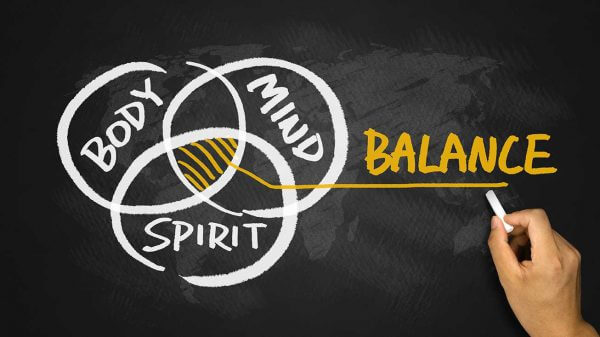Traditional Chinese Medicine (TCM) is based on the belief that the well-being of the human body should be in a harmonious balance of Yin and Yang. As published in Statistics of Medicine describing the theory of Yin and Yang, states it is “the reciprocity of matters in the universe.” Yin and Yang are “mutually opposing but also unitive.” They also “contend” and “restrain” against each other, but at the same time they are “interdependent,” the “root of each other and mutually generate and promote” one another. TCM is rooted in the East with hands-on clinical practice spanning over 3,000 years.
TCM and its branch of Chinese Herbal Medicine (CHM) is currently in the midst of a paradigm shift as more people in Western parts of the world are seeking out alternative, holistic methods to treat illnesses such as plants and supplements rather than conventional synthetic pharmaceutical drugs. Donnie Yance, a Certified Nutritionist and Clinical Master Herbalist highlights “neither disease nor treatment of disease…can be described in a linear reductionist model” rather “it is the collective effect of the [anxiety or uneasiness] in multiple underlying networks that result in the symptoms of disease, thus effective treatment should be directed at strengthening and harmonizing all systems of the organism.” The holistic approach to identifying and treatment of disease is combining one or many therapies including Chinese Herbal Medicine, Acupuncture, Cupping, Dietary Therapy, Dermal Friction and Moxibustion just to name a few.
Diagnostic Methods
Clinical practice of TCM consists of using diagnostic methods to assess the body and analyze each organ system. There are 4 diagnostic methods TCM practitioners use: listening and smelling, inspection, inquiry and pulse taking and palpation (or examination using touch.)
In addition to assessing the individual’s body, a person’s mental state is also evaluated, as there are 7 emotions identified which are congruent with disease in the body. As described in a paper published in Evidence-Based Complementary and Alternative Medicine Volume 2016, Integrative Healthcare Practitioners and Licensed Clinical Herbalists use the 7 emotions of joy, anger, melancholy, worry, grief, fear and fright to design a personalized solution for treatment.
The paper identifies these 7 emotions as having two significant factors for treatment. The first factor of these emotions indicates that there is a direct “relation between diseases and mental activities [which are believed to be] the main pathogenic factors of [internal] disease.” The second factor in proper assessment of these emotions helps the practitioner narrow down “the seven possible outcomes that could be yielded if multiple herbs with different pharmacological properties are used in combination.”
Adjustment
In the Theory of Yin and Yang, clinical practice of TCM is in a “constant” process of adjustment as the condition of the illness changes. TCM stresses that “diagnosis and treatment should be based on person, time and place to find out an individualized tactic, choose prescriptions, correct abnormalities and adjust imbalance to harmonize the function of the body.” While the same patient might still have a generalized prognosis, the holistic approach TCM and CHM practitioners maintain is that even after treatment “the condition of the patient…may change,” therefore, practitioners “must adjust the therapeutic plan” as that patient “often has different syndromes in different stages of disease.”

